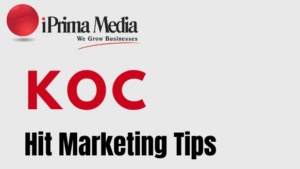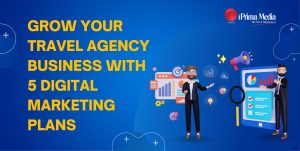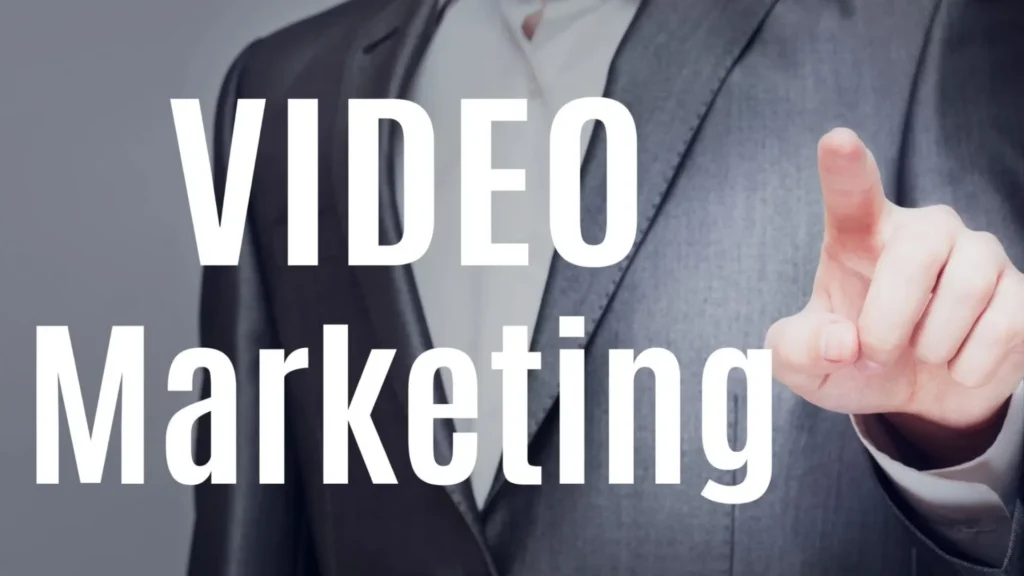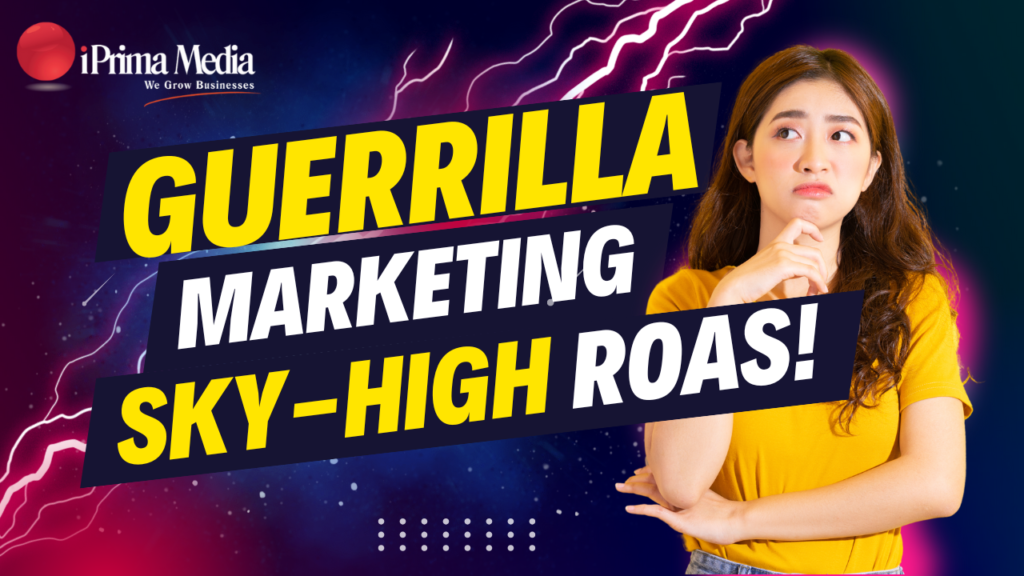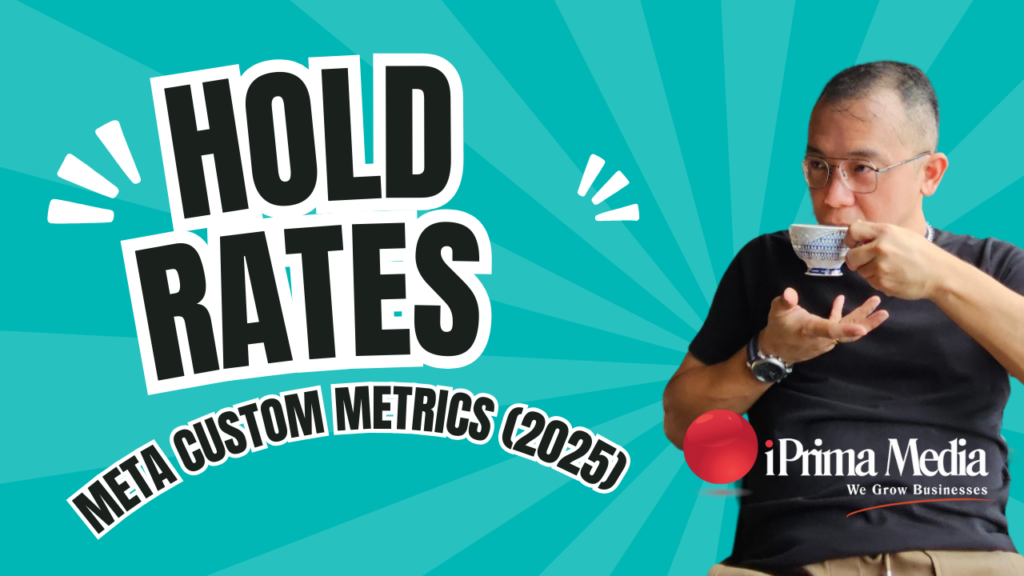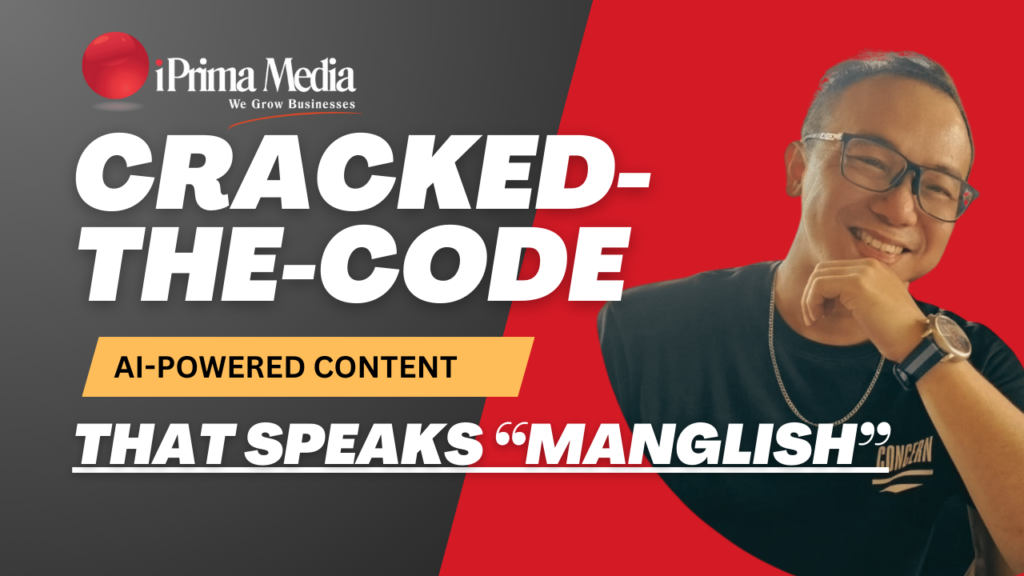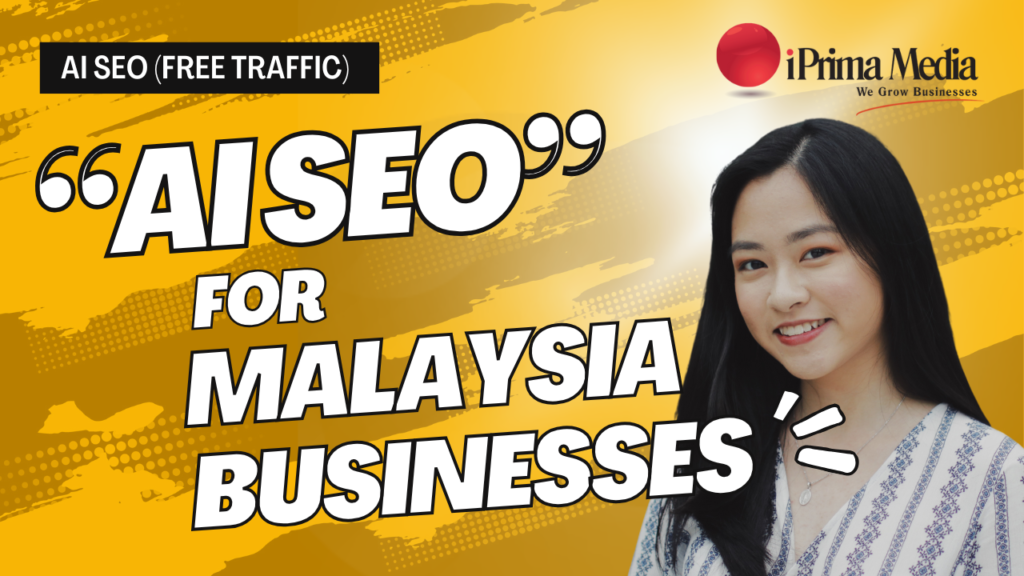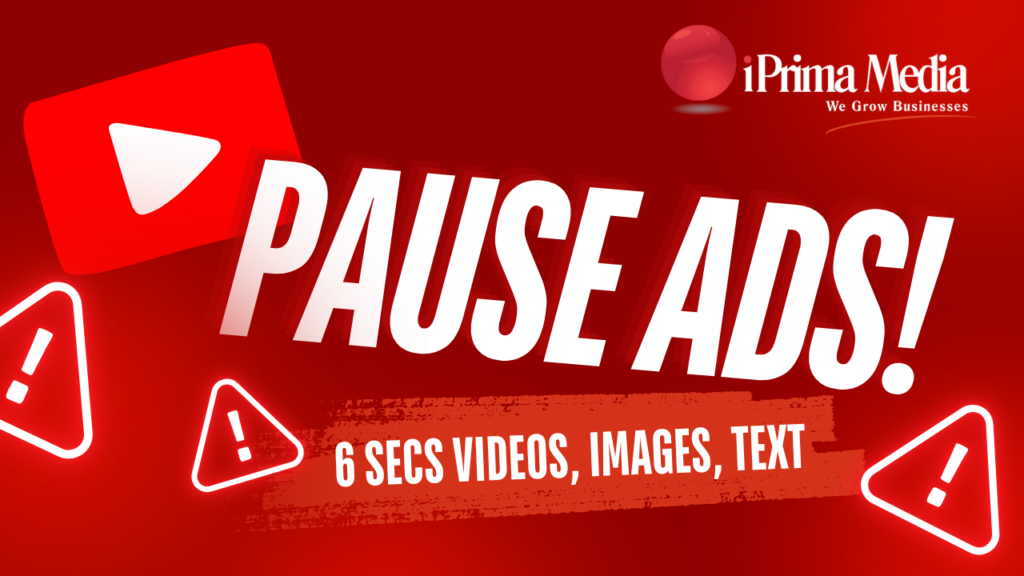What Is On-Page SEO, And Why Is It Important? – It's Not What You Think
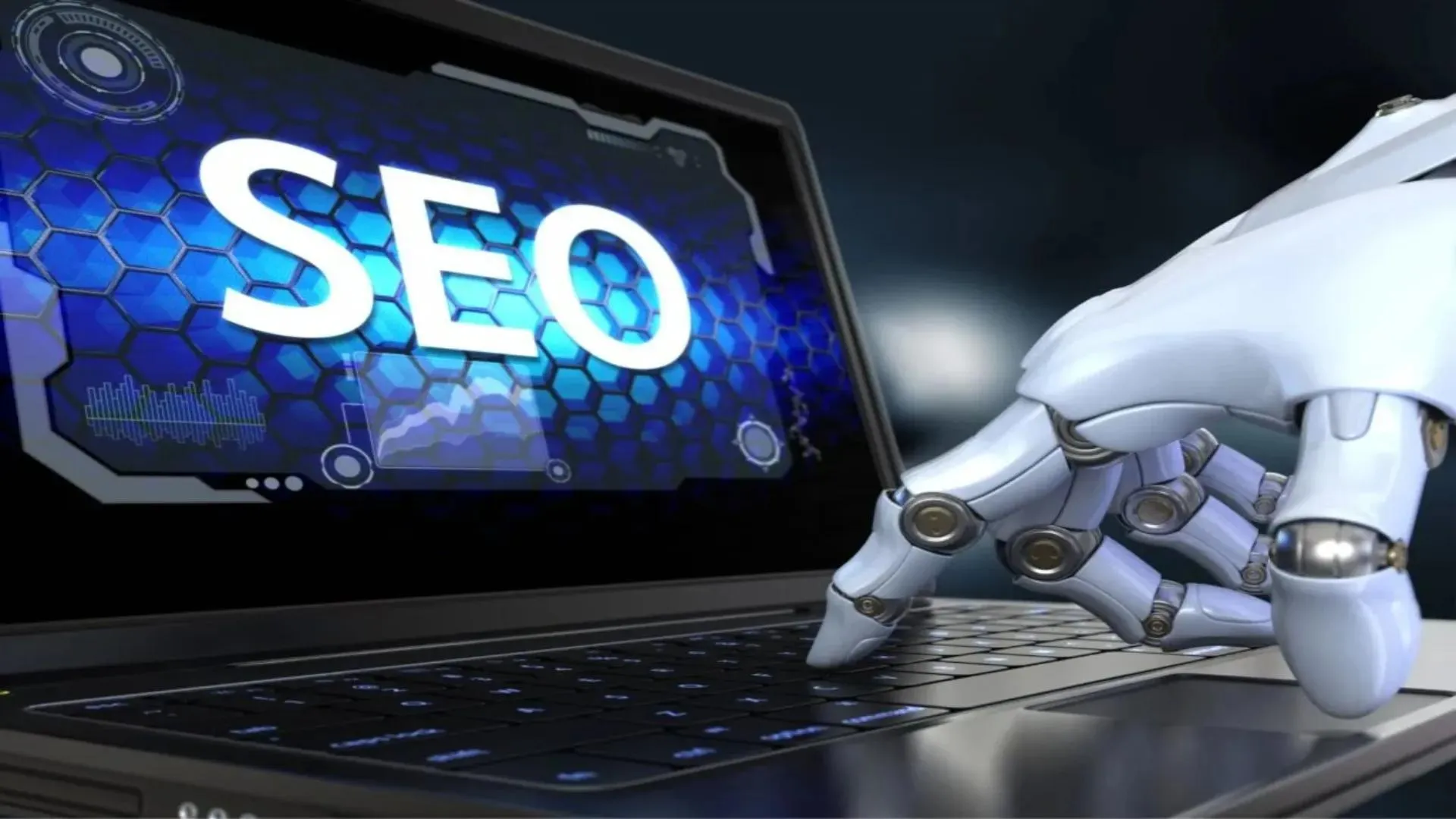
You may be familiar with the term Search Engine Optimization (SEO). It plays a vital role in driving organic traffic to websites. On-page SEO and off page SEO are two of the fundamental pillars of SEO. It involves optimizing various elements, such as search intent on your website to improve its search rankings and enhance the user experience.
On-page SEO is an effective way to communicate quality signals and drive clicks from organic searches. It can also be useful for newer websites with less authority and reputation. But it can be time-consuming. Google crawlers look for a single keyword on your site and can understand if the web page is original, in-depth, insightful, and written by experts.
To ensure an effective SEO strategy,, you need to invest and spend time on it to ensure that it drives traffic to your site. In this article, we will explore the top on-page SEO techniques to help your website rank higher in search engine results and attract more potential customers.
On-page SEO refers to optimizing individual web pages on a website to improve their visibility and ranking in search engine results. It involves various techniques and strategies that aim to enhance a webpage's content, structure, and elements, making it more relevant, user-friendly, and attractive to both search engines and visitors.
It is important to do on-page SEO as it helps to make your website more appealing and understandable to search engines. When search engines can easily comprehend the content and relevance of a webpage, they are more likely to rank it higher in search results for relevant search queries. It can help increase organic website traffic, as users are more likely to click on higher-ranking search result.
By optimizing content and structure, web pages become more user-friendly and engaging. This can lead to longer visit durations, lower bounce rates, and more satisfied visitors, all positive signals that search engines use to determine the quality and relevance of a website.
On-Page SEO Techniques #1 – Integrate Relevant Keywords
Video Credit: Surfside PPC
By strategically incorporating keywords related to the content and topic of a webpage, you can improve its visibility and ranking in search engine results. Keywords can help to trigger your site to appear in relevant searches. If you integrate the right keywords, it helps your page to appear in the right search results.
Start by conducting thorough keyword research to find the right keywords. There are many keyword research tools like Google Keyword Planner, SEMrush, or Ahrefs to find suitable keywords for your pages.
Try to focus on long-tail keywords. Long-tail keywords contain more than three words. They are more specific and have less competition. Incorporate relevant long-tail keywords to target niche audiences and improve chances of ranking for specialized queries.
Integrate keywords naturally into the content. You will need quality content for your website, so avoid incorporating them too often, as it will lead to keyword stuffing. It can harm your SEO efforts and lead to a poor user experience.
On-Page SEO Techniques #2 – Crafting Engaging Meta Titles And Descriptions
Video Credit: CHRIS PALMER SEO
Meta titles and descriptions serve as the first impression of your webpage in search engine results, influencing whether users click through to your site or choose another result. When crafting your meta tag titles and descriptions, be concise and informative. Avoid duplicate content in meta titles, descriptions, and blog content.
To create a click-worthy meta title tag, keep it under 60 characters. Use your keyword at the front of your tag and include power words, such as exclusive and free. The meta description should stay under 160 characters. Summarize the info to let visitors know what you can find on your page. Include your core keyword in your description. Remember to convey the main topic of the page and its value to users in a concise manner.
Highlight valuable info in the meta description to stand out from the competition to attract more clicks. Avoid inserting misleading content. Misleading users can lead to higher bounce rates and negatively impact rankings.
On-Page SEO Techniques #3 – Structuring URLs For Readability And Relevance

When designing URLs, making them user-friendly, descriptive, and easy to understand is essential. The URLs are one factor that search engines use to determine the relevancy of your page. Optimize your URLs to rank your page in more relevant search results.
If your URLs aren't clear, it will be hard for users and search engines to understand your page's context. For example, what if you see a URL that looks like this https://www.dailynews.com/20230721/%e2%97%a4%e4%bf%84%e4%? Would you know what the page is about? If you see a URL like this https://www.iprimamedia.com/reduce-wasted-ad-spend/, wouldn't it be better for visitors to understand what the page is about?
Optimizing your URL can help search engines, and users understand the relevancy of your page. Also, ensure you include your core keyword within your URLs when optimizing them.
On-Page SEO Techniques #4 – Utilizing Internal Linking Strategically

Internal links involve linking one page on your website to another within the same domain. When done strategically, it can help search engines understand the hierarchy and structure of your website, distribute link authority, and guide users to relevant and valuable content.
Internal linking is important in SEO as it can help search engines discover new pages on your site and index them in search results. Also, it helps to keep users on your site longer.
When doing internal linking, use relevant anchor text when linking from one page to another. The anchor text should provide a clear idea of what the linked page is about. This tactic is also similar when you are including external links on your page.Also, you would want to link to pages that offer additional value or more in-depth information on the same or related topics. This helps users find relevant content easily and encourages them to explore more of your website.
On-Page SEO Techniques #5 – Optimizing Page Loading Speed
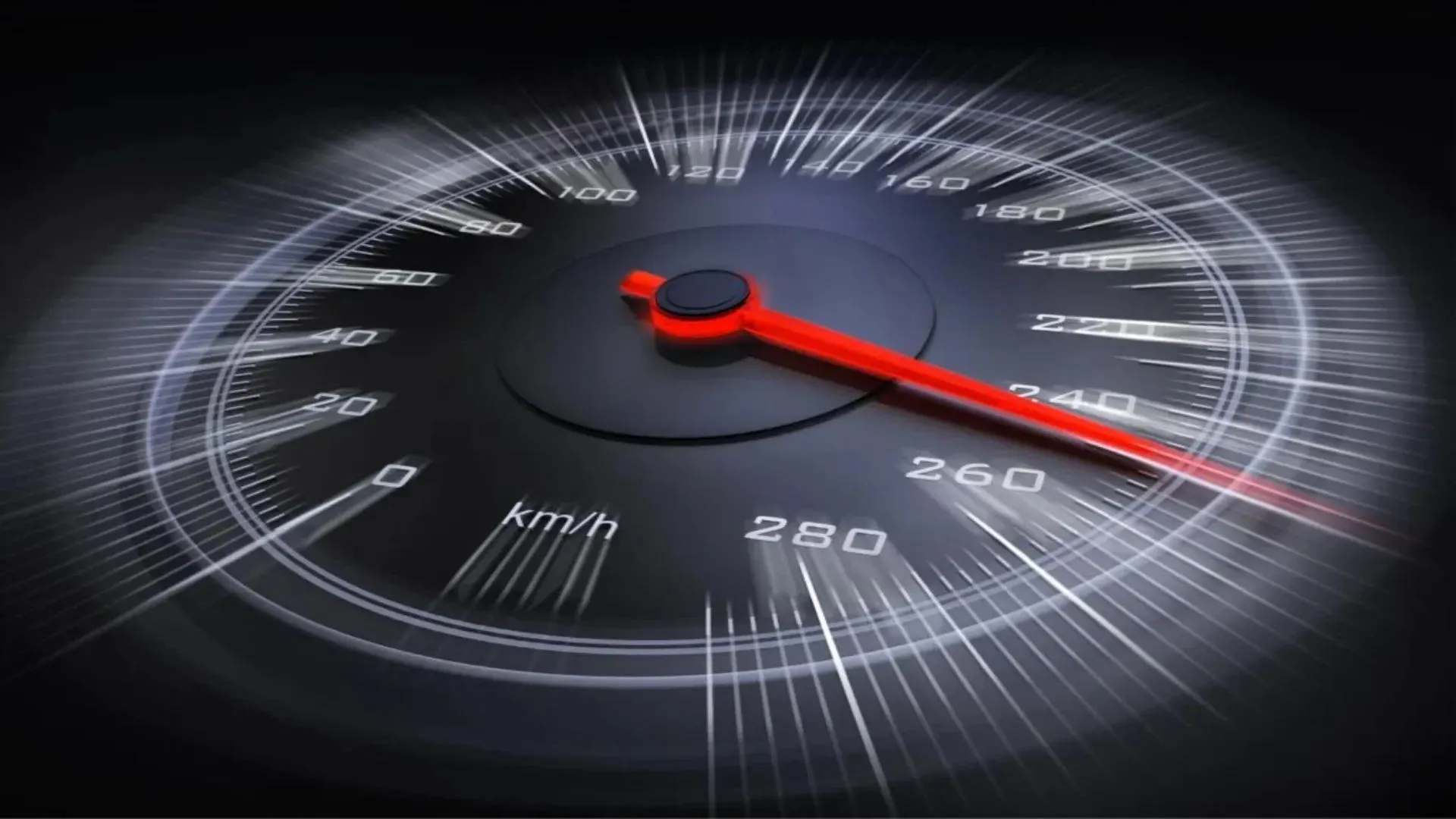
A fast-loading website improves search engine ranking and enhances user satisfaction and engagement. Slow-loading pages can lead to higher bounce rates and negatively impact conversion rates.
In this fast-paced world, users expect the website to load in three seconds or less. If it takes longer than that to load, users will go back to the search results and visit another site. When your website bounce rate is high, search engines will think your site is irrelevant to the search results and won't rank your site high.
Consider using tools like Google PageSpeed Insights to help analyze your page speed. It will let you know what the reasons are causing your page speed to slow down. Optimizing your website page speed can lead to higher traffic to your site.
SEO ranking is not all about creating quality content but also adding value to Google SERP. About are some of the SEO tips to implement into your SEO strategy. You can also consult a digital marketing or SEO company to help you with your SEO.
You Might Be Interested In These Too!
 Is Content Marketing The Trend? 4 Reasons You Should CareFebruary 16, 2023
Is Content Marketing The Trend? 4 Reasons You Should CareFebruary 16, 2023 KOC Marketing Tips You Should Know In 2024January 10, 2024
KOC Marketing Tips You Should Know In 2024January 10, 2024 5 Persuasive Copywriting Techniques That Resonate with Malaysian AudiencesFebruary 10, 2024
5 Persuasive Copywriting Techniques That Resonate with Malaysian AudiencesFebruary 10, 2024 Grow Your Travel Agency Business With 5 Digital Marketing PlansDecember 23, 2022
Grow Your Travel Agency Business With 5 Digital Marketing PlansDecember 23, 2022
